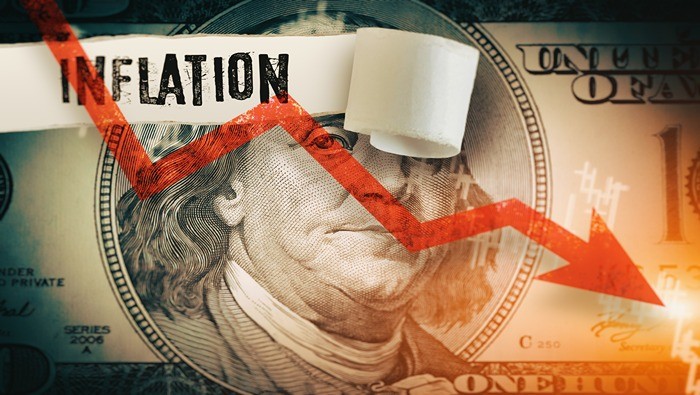- The employment report exceeded expectations, with 272k jobs added in May.
- Conversely, the Household Survey data indicated a sharp decline in employment, suggesting that the official figures from the Establishment Survey may be subject to large downward revisions.
- Job gains were still concentrated in the healthcare, leisure and hospitality, and government sectors (mostly local government).
- The unemployment rate inched higher, narrowing the gap with the “natural” rate of unemployment (NAIRU).
- The expected number of Fed rate cuts this year dropped below 1.5, as the rate trajectory repriced sharply higher.
- Treasury yields and the US dollar jumped.
- Companies increasingly mention re-shoring or near-shoring on earnings calls.

- Households’ net worth reached a record high in the first quarter, bolstered by a strong stock market and robust cash yields. However, when adjusted for inflation, household wealth remains below its 2021 peak.
- Are the fears of a second inflation wave overblown? Below is a comment from Oxford Economics.

- Economists continue to be surprised by the persistent stickiness of US inflation. It was initially thought that rapid rate hikes (a 5.25% increase over a year and a half) would slow demand and cap inflation. However, higher rates have unexpectedly contributed to inflation in certain sectors of the economy.– Housing Market Impact: High mortgage rates have drastically reduced the supply of homes for sale. Homeowners who would typically trade up for larger homes are staying put to maintain their pre-increase 3% mortgage rates, and/or they are unable to afford the much higher rates currently available. This has led to continued increases in home prices, which, combined with high mortgage rates, has severely affected affordability. Poor affordability, in turn, is driving up rent costs and homeowners’ equivalent rent, which constitute a significant portion of the core CPI. Moreover, high borrowing costs have made it more challenging for builders to increase the supply of housing.
– Savings Disparity: While many lower-income households have depleted their pandemic-era savings and are burdened with credit card debt, upper-income households still hold substantial savings and are less affected by high credit card rates. High short-term rates have allowed these households to generate significant income.
- The uncertainty index hit the highest level since 2020.

- Sales and earnings indicators remain depressed.

- Small firms see their inventories as too high.

- More small firms are citing elevated interest rates as a major issue, …

- … yet an increasing number of companies report that their borrowing needs are being met.

- US inflation cooled in May, with the CPI report coming in below expectations. The headline CPI was flat for the month.
- The core CPI showed the smallest increase since 2021

- Below is the year-over-year trend.

- Housing inflation remains elevated.
- Medications:

- The FOMC boosted their forecasts for the target rate, now projecting only one rate cut for 2024.
- Producer prices unexpectedly fell in May, while the core PPI remained unchanged.
- The trade services PPI (business markups) suggests that corporate margins have stopped rising.

- The market is now pricing in two rate cuts this year, deviating from the June dot plot that projected only one.
Market Data
- Gold took a hit on Friday as the US employment report sent the dollar sharply higher, and China’s central bank paused gold purchases.
- According to the NY Fed’s Survey of Consumer Expectations, US households are increasingly upbeat on stocks.


Source: @markets Read full article
- Share buyback activity is about to slow.

Source: Goldman Sachs
- The percentage of unprofitable small-cap firms is unusually high.

- S&P 500 breadth has weakened over the past two months despite the market reaching new highs, reflecting narrow leadership.

- The Treasury market liquidity hasn’t been this poor since 2010.

- Percent of S&P 500 members above their 50-day moving average:

Source: @TheTerminal, Bloomberg Finance L.P.
- The Nasdaq advance-decline line:

- Homeownership rate changes by state since 2014:

Great Quotes
“Success is getting what you want. Happiness is wanting what you get.” – Dale Carnegie.
Picture of the Week

All content is the opinion of Brian Decker






